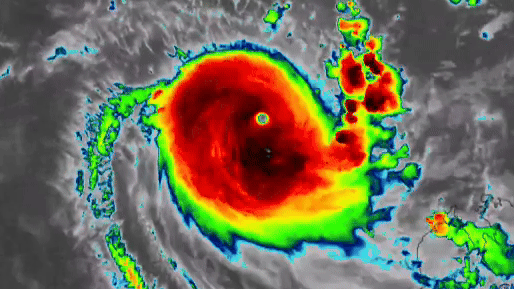Devastating Deluge: How Flooding from Swollen Rivers is Transforming Southern Towns
Torrential rains have unleashed catastrophic flooding across the Southern United States, submerging towns, displacing thousands, and straining emergency resources. Over the past week, swollen rivers breached levees and inundated communities from Louisiana to Georgia, with some areas receiving over 20 inches of rainfall. Local officials describe this as a “once-in-a-generation” disaster, while climate scientists warn such events may become more frequent due to shifting weather patterns.
Emergency Responses Stretched to the Limit
Rescue teams in airboats and helicopters have evacuated over 15,000 residents as floodwaters swallowed highways and cut off entire neighborhoods. The National Guard deployed in five states, working alongside volunteers from organizations like the Red Cross. “We’re seeing flood levels that haven’t been recorded since the 1980s,” said Major Carla Simmons of the Louisiana National Guard. “The speed at which these waters rose caught many communities off guard.”
Key emergency challenges include:
- Over 200 road closures across affected states
- 12 hospitals operating on backup generators
- Contaminated water supplies in 9 counties
Infrastructure Under Siege
The flooding has exposed vulnerabilities in the region’s aging infrastructure. In Mississippi, a 50-year-old bridge collapsed under the pressure of churning floodwaters, severing a critical supply route. Water treatment plants in three states reported partial failures, prompting boil-water advisories for nearly 1 million residents.
“These events reveal how our infrastructure was built for a climate that no longer exists,” said Dr. Evan Pritchard, a civil engineer at Tulane University. “The 100-year flood plain maps many communities rely on are dangerously outdated.” Recent studies show:
- Southern states have over $25 billion in overdue infrastructure repairs
- Flood damage claims have increased 300% since 2000
- Only 15% of at-risk communities have updated flood management plans
Economic Ripples Across the Region
Beyond the immediate destruction, the floods are delivering lasting blows to local economies. Agricultural losses alone are estimated at $1.4 billion, with soybean and cotton crops completely wiped out in some areas. Small businesses face existential threats—over 3,000 have filed for emergency loans this week.
At a packed town hall in flooded Franklin, Tennessee, bakery owner Maria Gutierrez voiced a common concern: “Insurance won’t cover half of what we’ve lost. How are we supposed to rebuild when the next flood could come next year?” Meanwhile, tourism revenue has evaporated during what should be peak season for riverfront towns.
Climate Change and the Future of Flood Management
While no single weather event can be directly attributed to climate change, atmospheric scientists note that warmer air holds more moisture—increasing the potential for extreme rainfall. Data from the National Oceanic and Atmospheric Administration shows:
- The South has seen a 40% increase in heavy precipitation days since 1950
- Annual rainfall in the region could increase another 10-20% by 2050
- Flood risk zones may expand by 45% in coming decades
Some communities are exploring innovative solutions, from Dutch-inspired floating neighborhoods to restored wetlands that absorb floodwaters. “We need to stop just rebuilding and start reimagining,” said urban planner Denise Washington. “That means elevating structures, creating overflow spaces, and sometimes relocating entire communities.”
Path Forward: Recovery and Resilience
As waters slowly recede, the monumental task of recovery begins. Federal emergency declarations have unlocked $500 million in initial aid, but experts estimate total damages could exceed $8 billion. The crisis has reignited debates about national flood insurance reform and infrastructure investment.
For displaced families like the Carters in Alabama, the immediate concerns are more personal. “We lost everything but each other,” said patriarch James Carter, standing in line at a shelter. “Now we’ve got to figure out where to call home.”
Community organizations are accepting donations and volunteers to assist flood victims. Those looking to help can visit SouthernFloodRelief.org for verified ways to contribute. As the climate continues to shift, the lessons from this disaster may determine how—or whether—Southern towns survive the storms ahead.
See more Your Daily Weather



